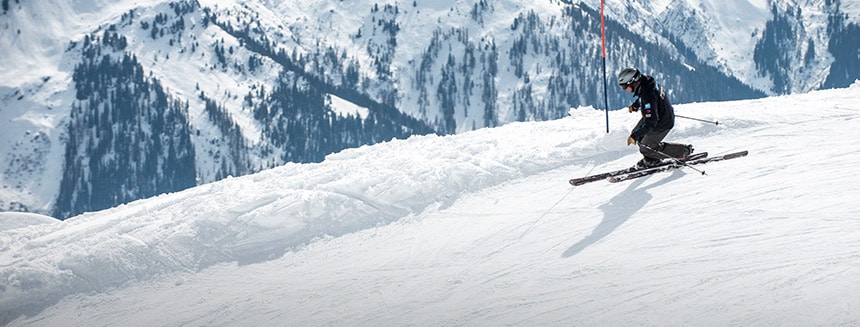
Our resident ES telemark master, Tug Wilson, is back! In this blog, he’s recounting the story of telemark skiing from its humble beginnings in Norway to how it paved the way for Alpine skiing, the most popular form of skiing today. Good thing there are still a few telemarkers around to tell the tale!
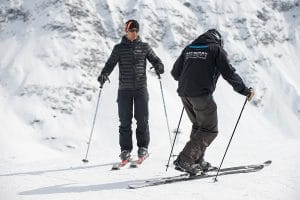
„A belated Happy New Year to all you ES blog readers! As promised in my last telemark blog, today I will give you a little insight into how telemark skiing and Alpine skiing came about…
Skiing as a form of transport in cold, snowy regions has been around for thousands of years. As well as transport, the locals would also use skis when hunting for food. Fast forward to the 1800s and ski races were even quite common, with the winner usually being the only person to cross the finish line without falling. This was because at the time the skier was secured to his or her skis by a strip of leather across their toes, not the most secure way of attaching oneself. However, in 1868 a clever and resourceful Norwegian guy would change all of that and revolutionise skiing.
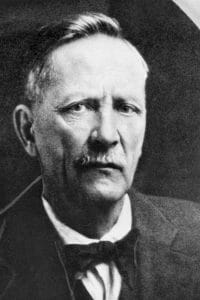
This gentleman’s man was Sondre Nordheim. What Sondre did, in addition to the leather strap across his toes, was to secure twisted birch tree roots around the back of the heel of his boots and attach them to leather toe strap. This held him much more securely to his skis, much like a telemark binding of today. Here is the cunning part: he also invented the distinctive telemark turn based on a low lunge position with the rear heel raised. Once again, just like you see the telemarkers of today doing. So, armed with his telemark turn and his new method of attaching himself to his skis, he skied three days across the country to Oslo from his home town of Morgedal in the region of Telemark and easily won the race.
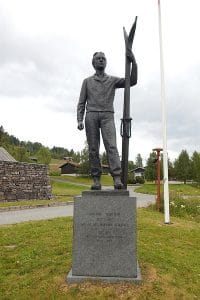
Having impressed everyone present he soon became a celebrity and was busy thereafter teaching his telemark skiing techniques. Indeed, Norway’s biggest export around this time was ski instructors who spread his techniques worldwide. We all telemarked back in the day.
So where and why did it all change?
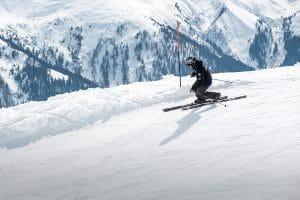
Norway is covered in gentle rolling terrain and not the steep-sided Alpine slopes we are accustomed to. So when the telemark techniques reached the Alps the locals tried it but found it difficult on the steep terrain. Don’t forget the skis did not have metal edges yet, so you can see the problem. The locals in the Alps decided to secure the heel down for more control. Hence Alpine skiing developed, utilising that fixed heel technique, and soon became the norm worldwide. The addition of metal edges, plastic boots and shorter skis in years to come made this form of skiing easier and quicker to learn. The demise of telemark skiing was due to some Alpine chaps fixing the heel down!!
However, all is not lost. There are still a few of us old school telemarkers around who enjoy this ancient and noble way of skiing, particularly in Norway, the birthplace of telemark skiing. Tomorrow I am taking Chloe, the ES blogmeister, out for her first telemark experience. So watch this space for a report from her soon.
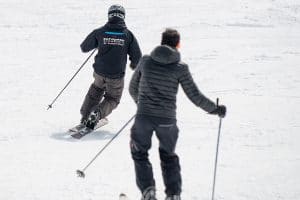
Alpine skiers still say ‘fix the heel – fix the problem’. We prefer ‘free the heel – free the mind!!’“
If you haven’t checked out Tug’s first blog, all about the benefits of telemark skiing, take a look HERE. It’ll be sure to inspire you to free your heels! And of course, if you’d like to take a telemark lesson in Verbier, Zermatt, Chamonix, Nendaz or St. Moritz, make sure you get in touch and we’ll arrange it for you.
